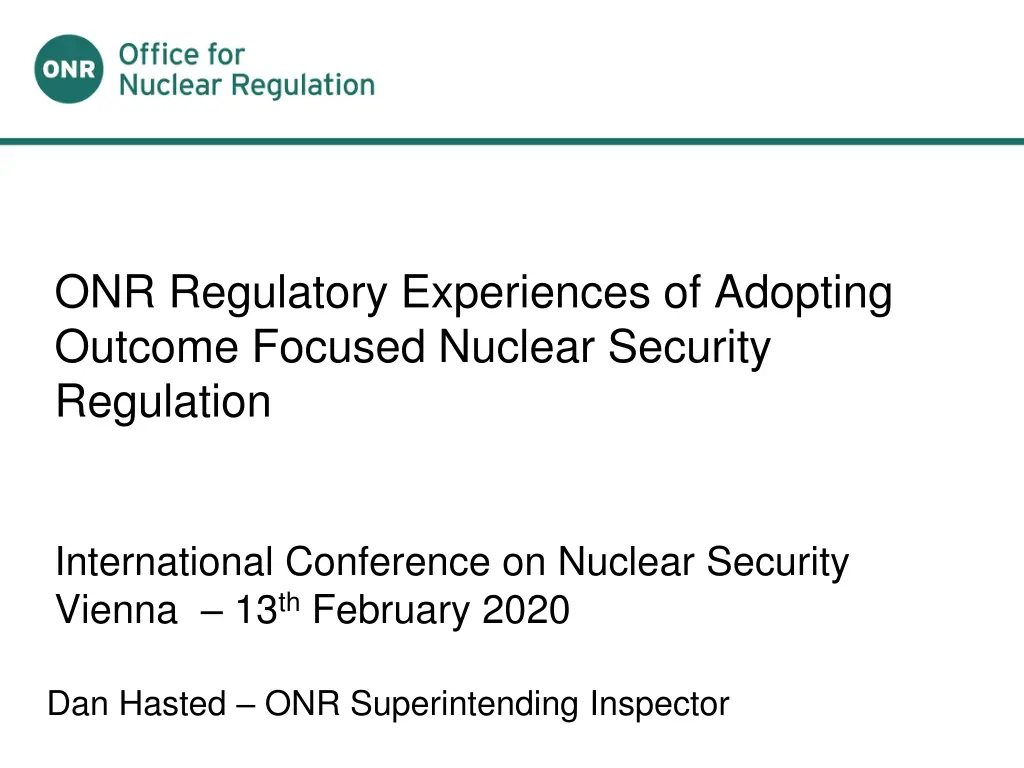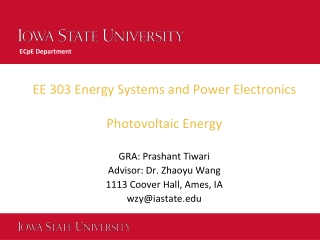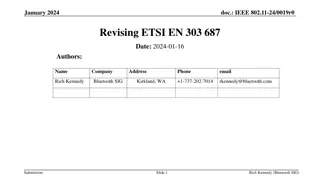
Adopting Outcome-Focused Nuclear Security Regulation Experiences
Explore the journey of adopting outcome-focused nuclear security regulation presented at the International Conference on Nuclear Security. Learn about the UK Nuclear Security Legislation, challenges, benefits, and the transition phases involved. Gain insight into the evolution from prescriptive measures to outcome-focused Security Assessment Principles.
Download Presentation

Please find below an Image/Link to download the presentation.
The content on the website is provided AS IS for your information and personal use only. It may not be sold, licensed, or shared on other websites without obtaining consent from the author. If you encounter any issues during the download, it is possible that the publisher has removed the file from their server.
You are allowed to download the files provided on this website for personal or commercial use, subject to the condition that they are used lawfully. All files are the property of their respective owners.
The content on the website is provided AS IS for your information and personal use only. It may not be sold, licensed, or shared on other websites without obtaining consent from the author.
E N D
Presentation Transcript
ONR Regulatory Experiences of Adopting Outcome Focused Nuclear Security Regulation International Conference on Nuclear Security Vienna 13thFebruary 2020 Dan Hasted ONR Superintending Inspector
Introduction Presentation to cover: UK Nuclear Security Legislation Where we were Transition Phase 1 Transition Phase 2 Challenges Benefits Conclusion
UK Nuclear Security Legislation Nuclear Industries Security Regulations 2003 require: Licensed sites to have a site security plan approved by ONR The arrangements in the security plan to be complied with at all times Elements that the security plan arrangements must cover (e.g. security of nuclear material and sensitive nuclear information) Importantly, the Regulations do not state what those security arrangements should be.
Where We Were Technical Guidance and Requirements Technical Guidance and Requirements documents: Intended to provide useful guidance on what security standards, procedures and arrangements might be appropriate Not legislation or prescriptive Licensees copied or referenced large sections into their own security plans Regulator and industry drifted down path of prescription
Transition Phase 1 NORMS National Objectives, Requirements and Model Standards document published in 2012. Intended to be: Goal setting and objective focused Flexible and enabling, encouraging innovation However: Too tactical and directive in tone Lack of clarity between the objectives, requirements and model standards Conditions not right to exploit opportunity culture of prescription embedded
Transition Phase 2 - SyAPs The NORMS implementation review set the objectives for the next phase in the transition eventually termed the Security Assessment Principles Move from: Prescriptive Separate safety & security Assertion Ensure (Do/Check) Done to .. Move to: Outcome-focused Aligned safety & security Evidence Assure (Validate/Regulate) Owned by
Transition Phase 2 - SyAPs The Security Assessment Principles were a radical departure: Written for ONR inspectors to assess adequacy of security plans Not a manual for licensees! High level and principle based no model standards Greater emphasis on strategic issues (e.g. governance, culture and competence management) Forced licensees to understand risks and fully justify adequacy of security arrangements Available at http://www.onr.org.uk/syaps/security-assessment-principles-2017.pdf
Main Challenges and Learning Key challenges: Scale and complexity Development of graded outcomes Removal of Model Standards Culture of prescription Legislation Most valuable learning: Stakeholder engagement Integration with safety Training Be brave!
Benefits Realisation Whilst not fully implemented, the following benefits are already evident: Greater integration and more effective interfaces with safety through alignment of approaches Enhanced senior level understanding and support through use of similar language and concepts Transfer of security ownership to licensees and the resultant improvements to culture Significant upskilling of workforce and the professionalisation of security Greater flexibility and adaptiveness to respond to changes in threat and operating environment
Summary Implementing Outcome focused Regulation: Difficult and complex, it needs commitment in terms of resource and time to implement (circa 10 years) May not be appropriate in all scenarios low hazard? Highly effective at encouraging industry ownership for security and driving improvements to culture Provides greater assurance through requiring a better understanding of risk and more mature justification that security arrangements are adequate Encourages innovation and provides necessary flexibility to cater for dynamic threats and new technologies






